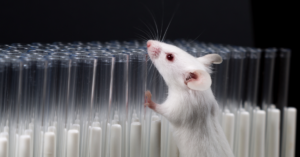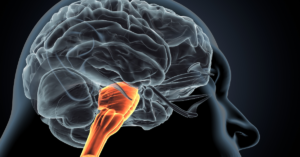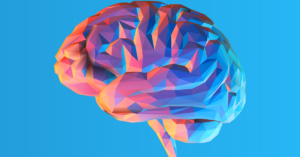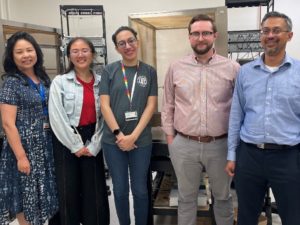
Spotlight: The Lim Laboratory
Picture of the Lim lab taken in May 2022. Left to right: Chris Lee, Benjamin Sanders, Kimberly Luttik, Dr. Janghoo Lim, Dr. Neha Gogia, Luhan Ni, Ashley Owens, Victor Olmos Principal Investigator: Janghoo Lim, PhD Location: Yale University, New Haven, CT, USA Year Founded: 2010 What disease areas do you Read More…


















